Mariano Molina
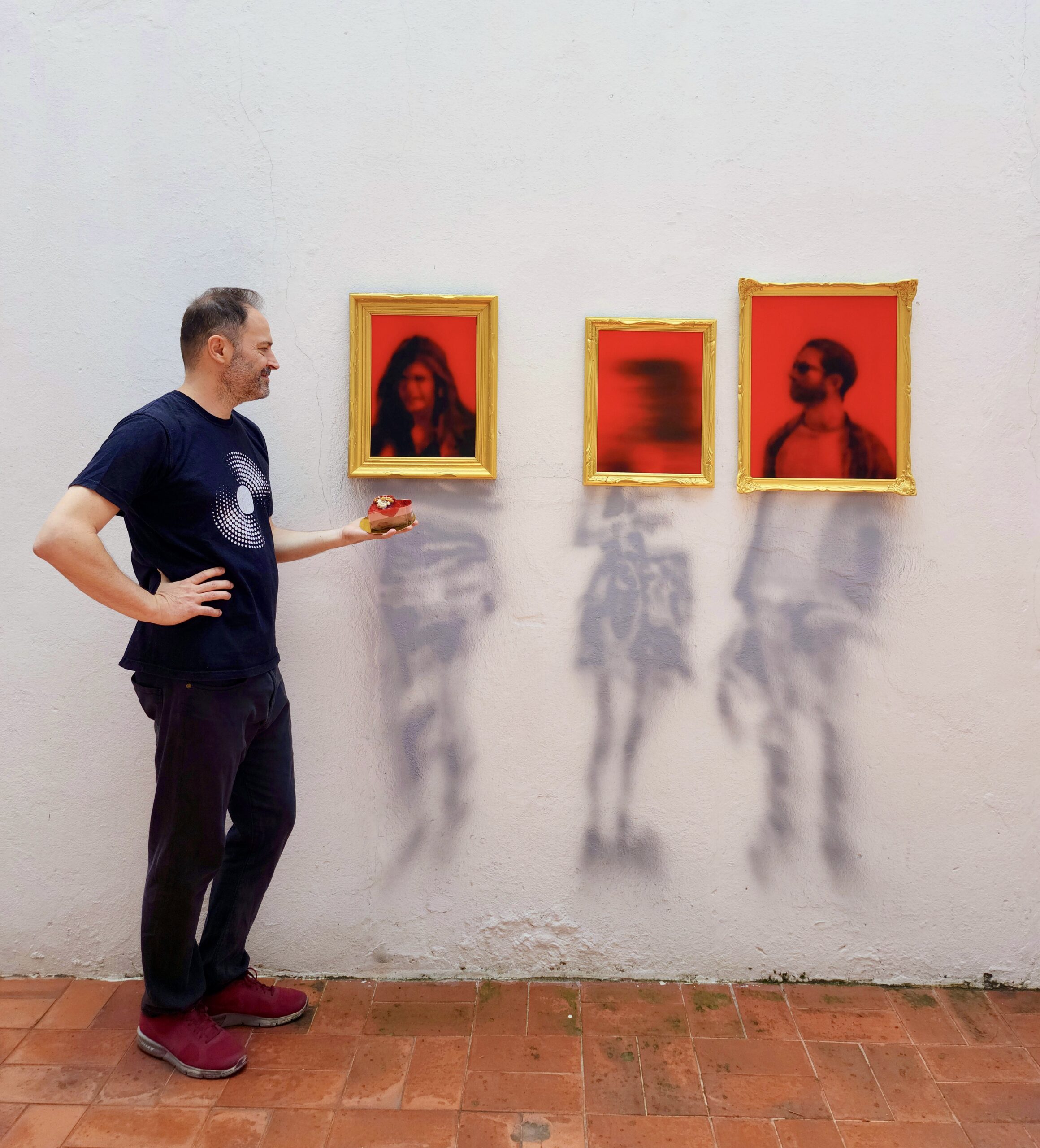
Mariano’s paintings embody the observations of city life, whether people are in crowds and encapsulated as individuals within their own solitary worlds within this setting. The narrative is often composed of images in larger-than-life sizes that envelope the isolation of being in a crowd. Whether this amplifies the concept of individualism of every one of us, within the context of society and the grouping of cultures as them and us. These paintings are stunning representations of what it means to be part of something bigger, whether it’s a New Yorker, a Londoner, Tokyoite, Parisian or any other big city dweller. Mariano’s use of colour and compositions within the context of his narration, have a graphic design element to them, that lingers with this pop art style that makes the work all the more compelling, because of the philosophical context. They can be large mural-sized paintings or smaller artworks. As a painter he initially uses photographs, most of them he takes on the streets, a collection of random photos, he describes selecting those that he will use as a departure point of each painting as a starting point and then on Photoshop edits looking for images of people looking nowhere, to create the context of the artwork and then paints, projecting his artwork onto the canvas and finalising with an airbrush. We discuss his challenges in his creative process, It depends he tells me, he generally works fast, It doesn’t take him very long to complete an artwork and he uses acrylic it dries very quickly.
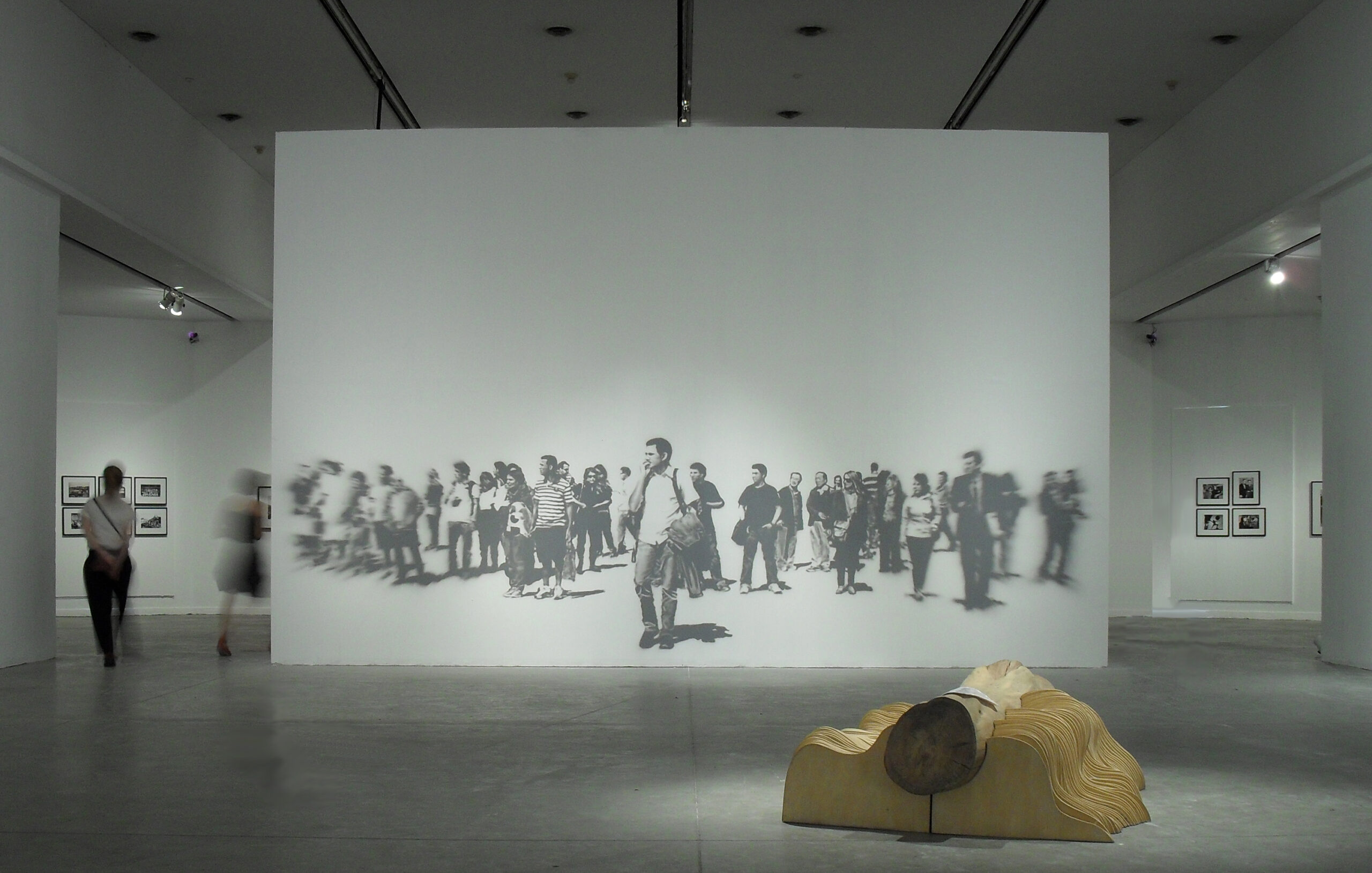

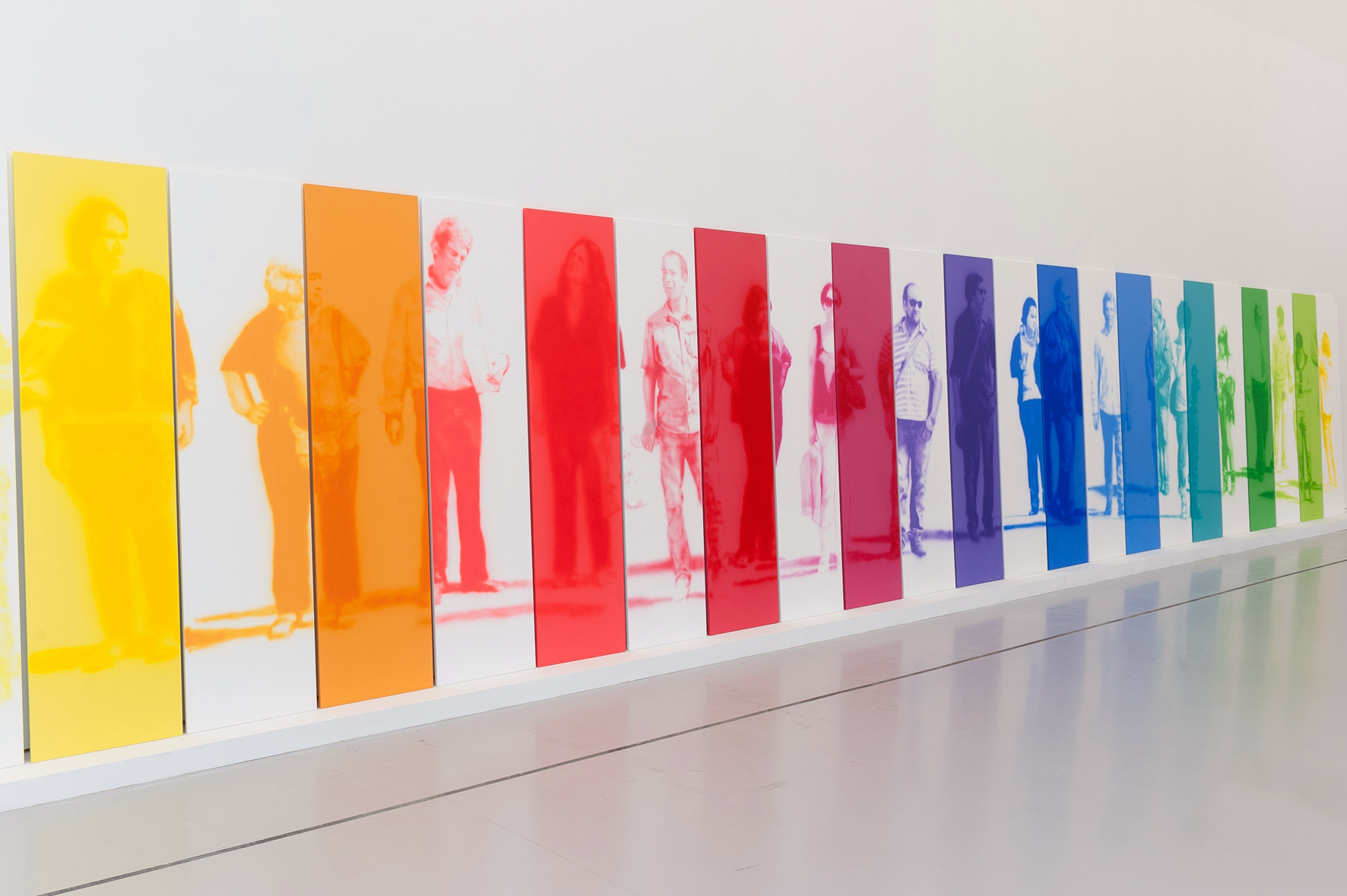
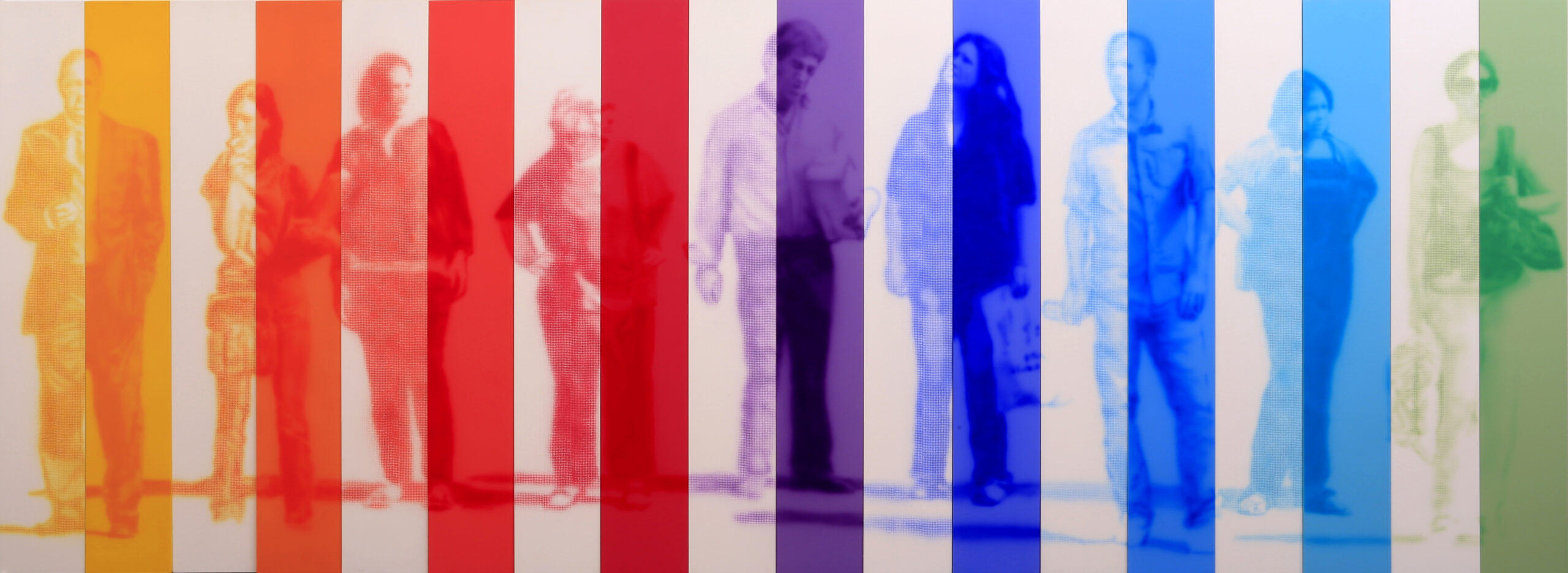
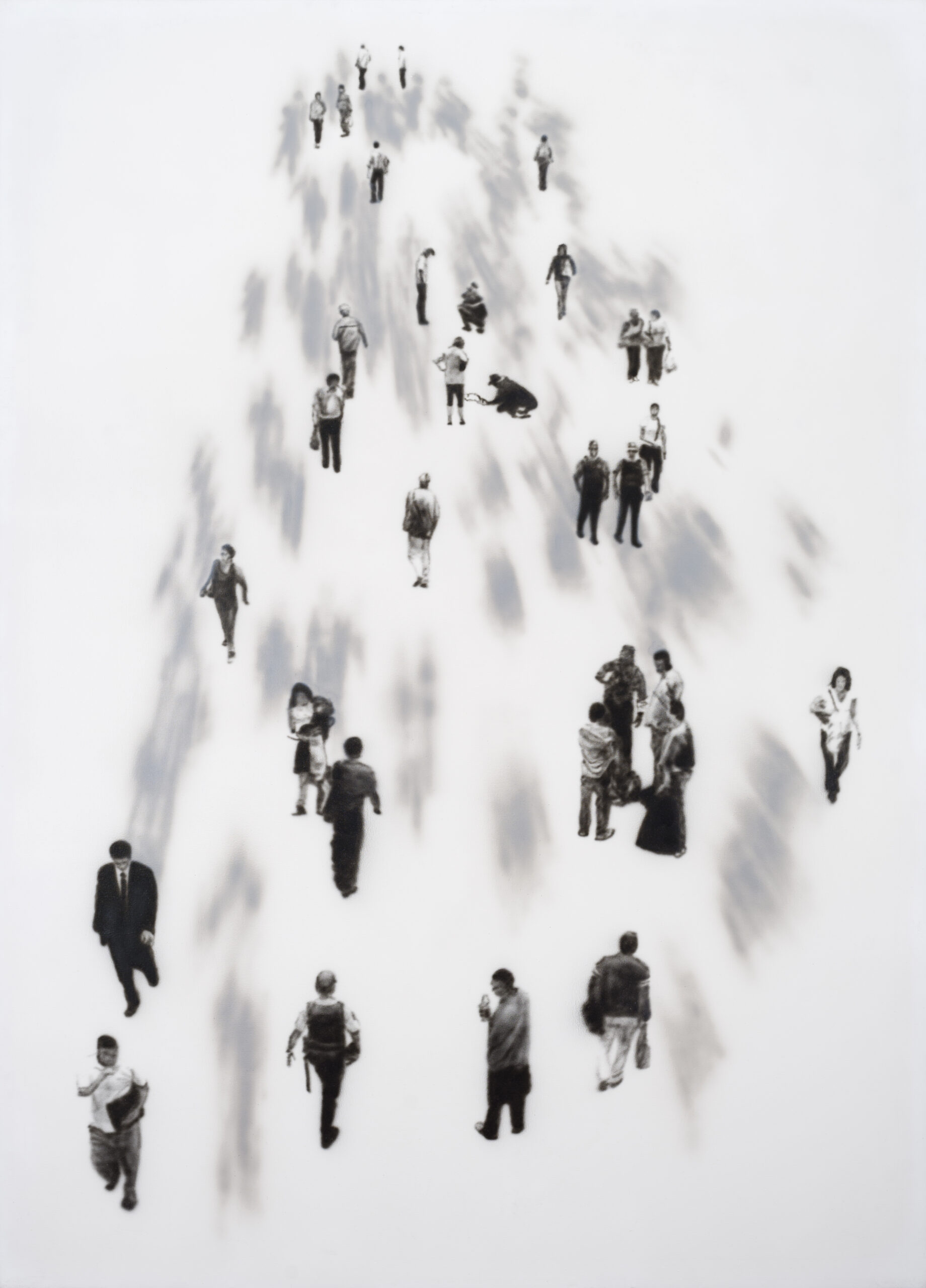
I asked Mariano about his inspirations, and he mentioned his residency in Alberta Canada, and at the time he was painting very large portraits. He decided to visit New York for the first time. And he tells me how he was inspired by his experience of 9/11. We all witnessed that day, either in person or on our TV or computer screens, aeroplanes flying into the twin towers on that beautiful sunny day in New York, and the consequences of the flames, falling towers and much more and the whole of the world have these images of this day etched into our minds. Artist Mariano Molina experienced a unique version of that day, having visited the Twin Towers the day before. This was a turning point in his life he tells me. Observing the people of New York during and after this tragic event, he recalls taking photographs after, how the aftermath of that day in New York, and how it affected him when he went back home to Buenos Aires.
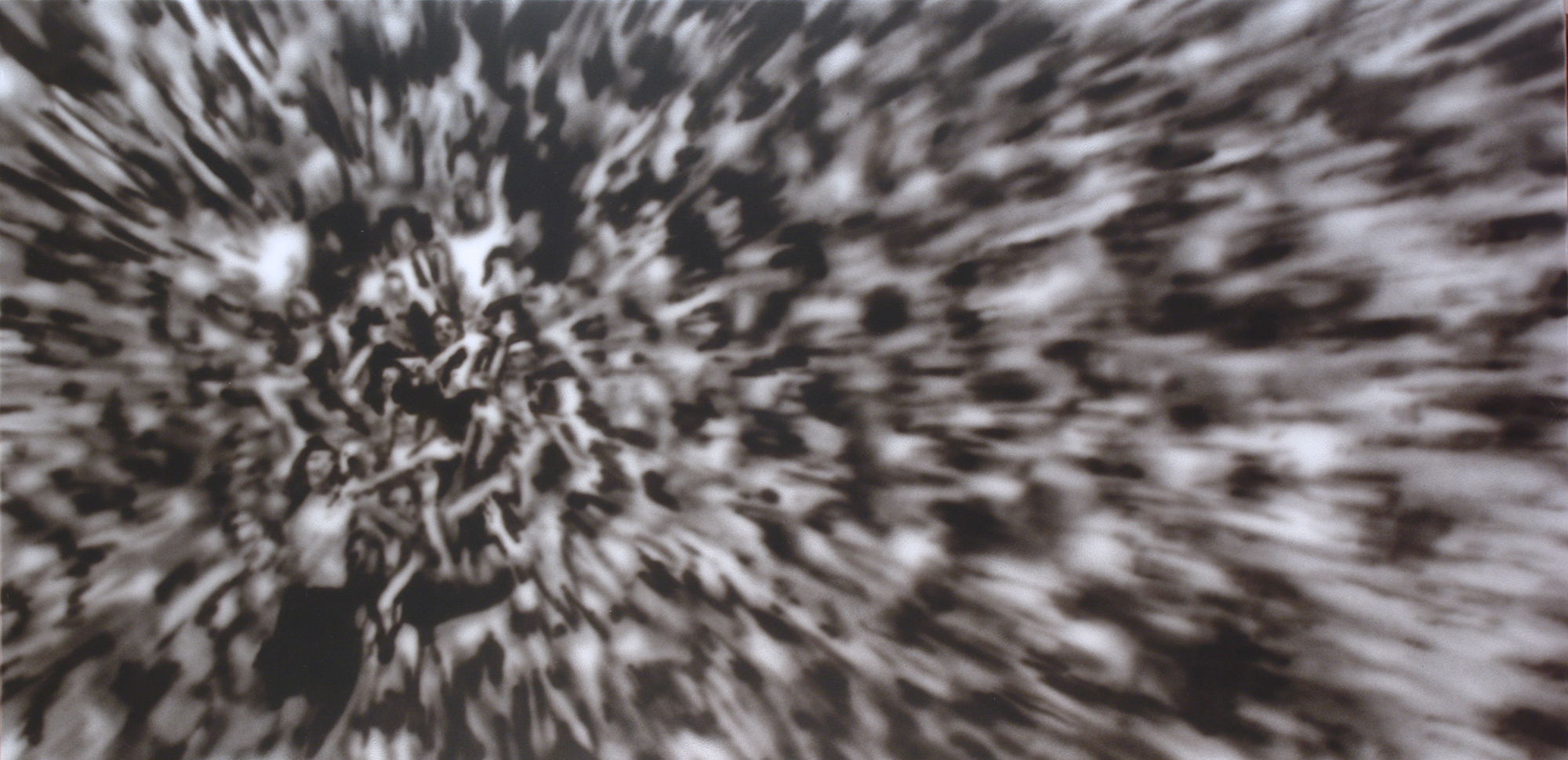
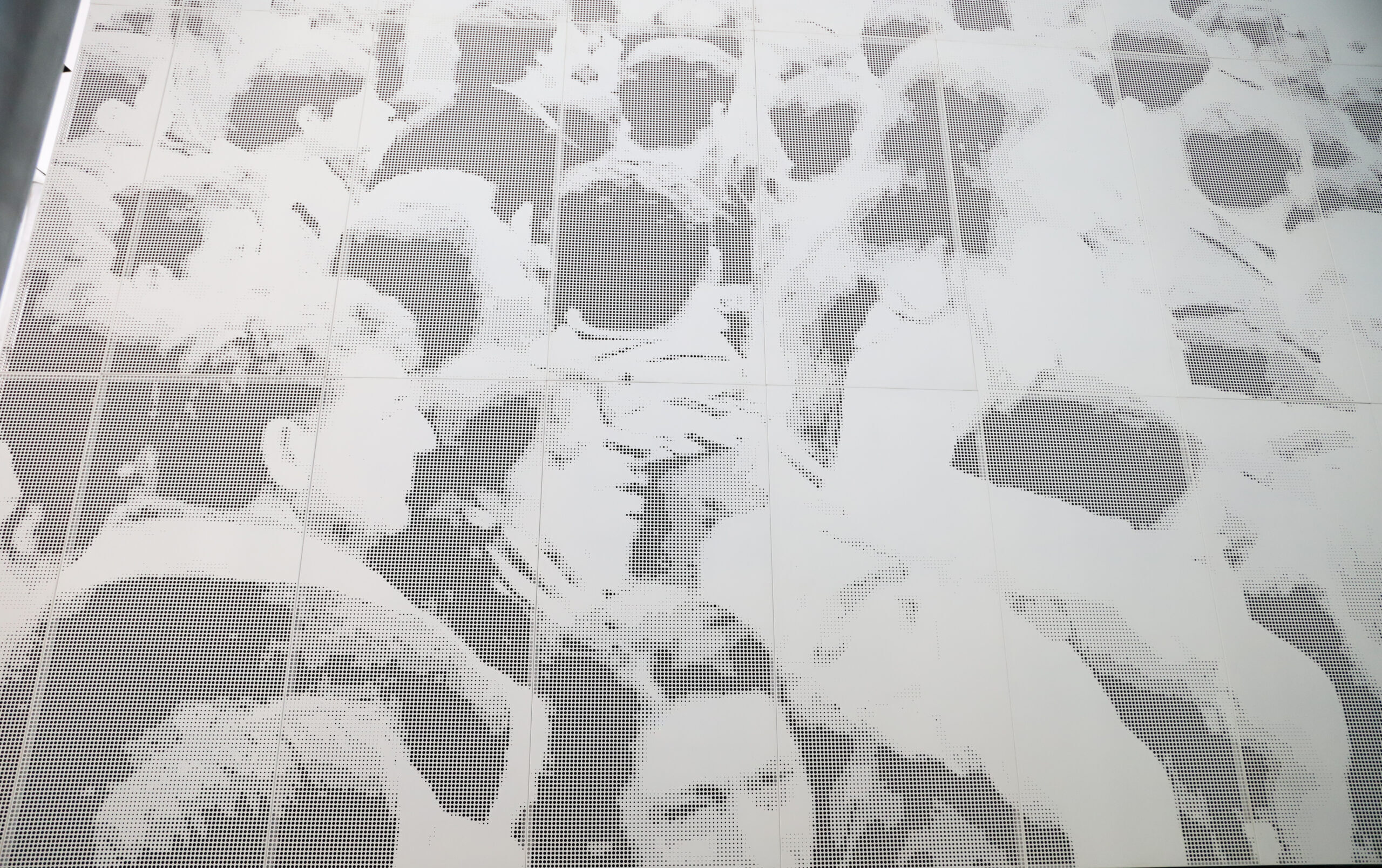


Born and raised in Buenos Aires, Argentina, his upbringing could appear comfortable, he has one younger brother, and he recalls that as a boy he was always a good drawer, creating many illustrations, as well as making sculptures from the clay his father used as a dental technician, however, his main interest as a young man was basketball. When his father died when Mariano was 17, his mother went back to work, and Mariano had started earning an income to help support the family. He graduated from High school and studied graphic design and then illustration for marketing and advertising, working briefly in advertising. At 23 he went to university to study fine art. His first solo exhibition, are these large portraits of fingerprints, that measure 180 x 140 cm in a pop art style, artworks that encapsulate individualism. Mariano tells me how he thought a lot about identity and moved to summarise this concept of the palm and tree, and how it all resonates with the idea of the individual. Followed by his next exhibition, the very large portraits of people, including self portraits.
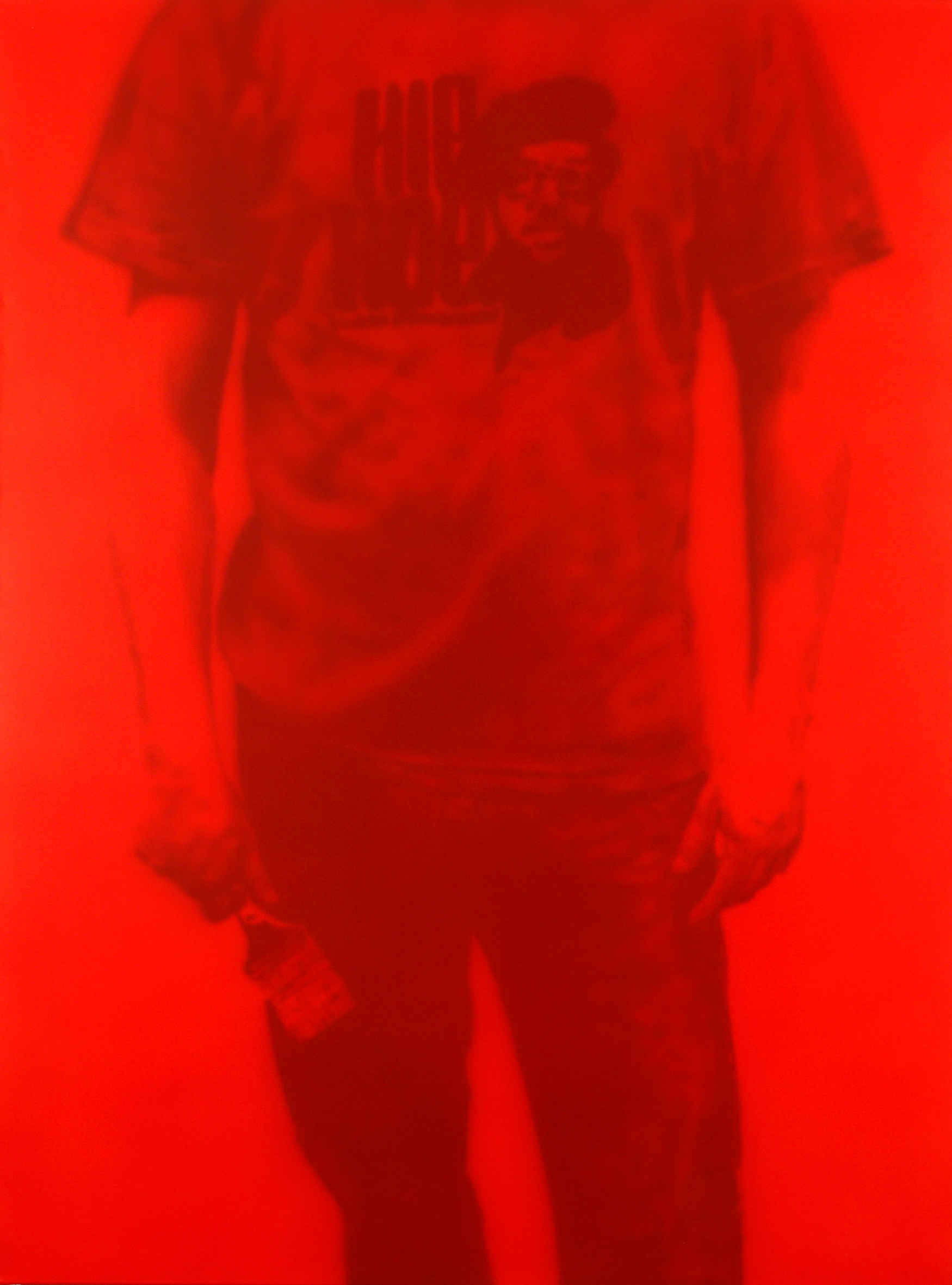


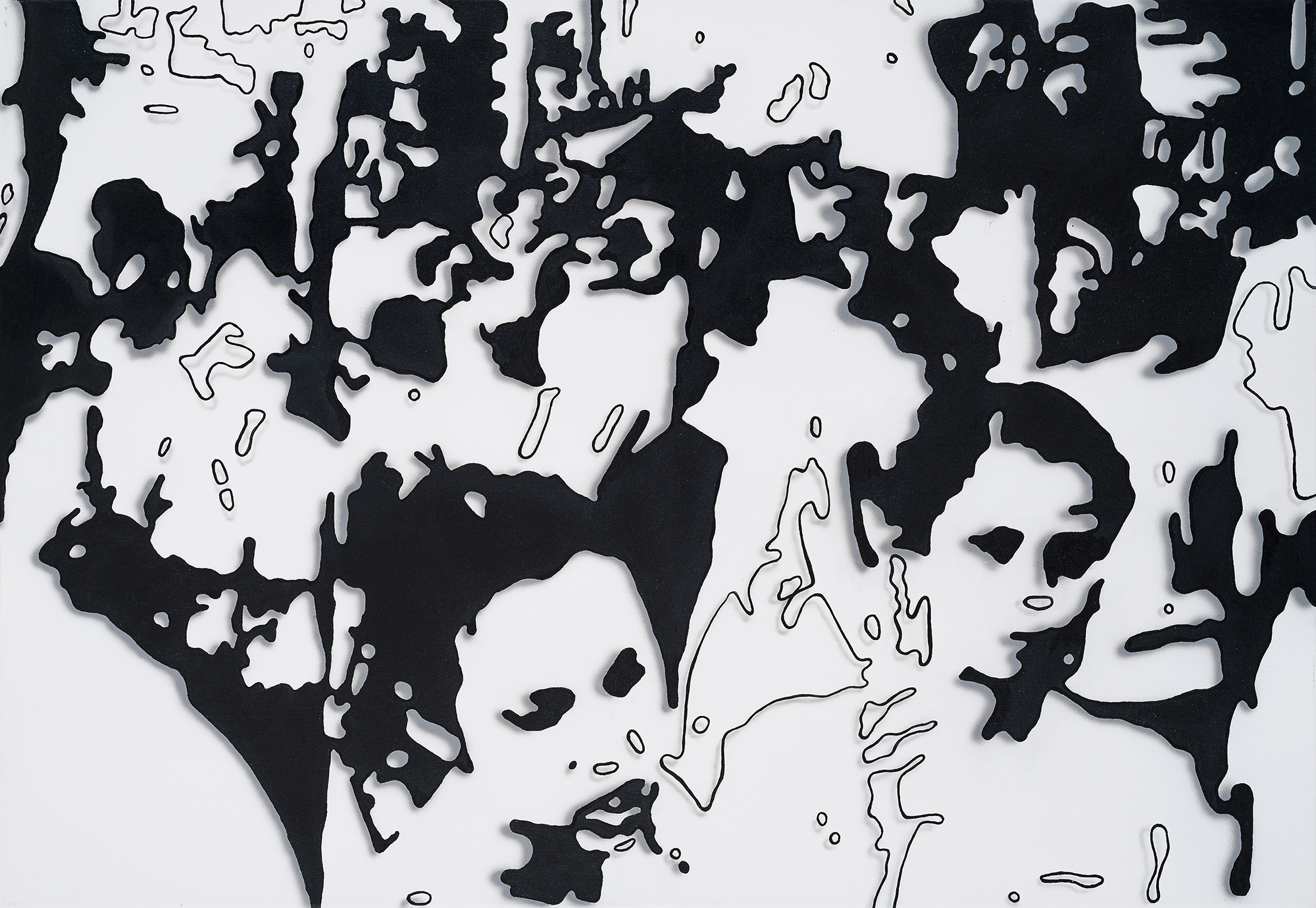
Mariano talked to me about coming to the UK, to work with Rodrigo Quian Quiroga, a neuroscientist who invited him to do a residency at his lab at the University of Leicester. To work with his studies about visual perception in arts. Basically to understand visual phenomena and aesthetic clues that examine the intuitive and illusory of the human visual process and its effect on art practice. We talk about who and what inspires his art, at fist Mariano finds the question hard, he loves so many artists he tells me, he mentions Luis Felipe Noé, who had tutored him, Mariano recalls seeing an exhibition by the artist whilst still at university, he found his work so different compared to his work, and he went to meet the artist, which subsequently led to a residency. However what inspires his art, is “Freedom” Mariano tells me, and he tells me how he thought about freedom when he saw Luis Felipe Noé work.
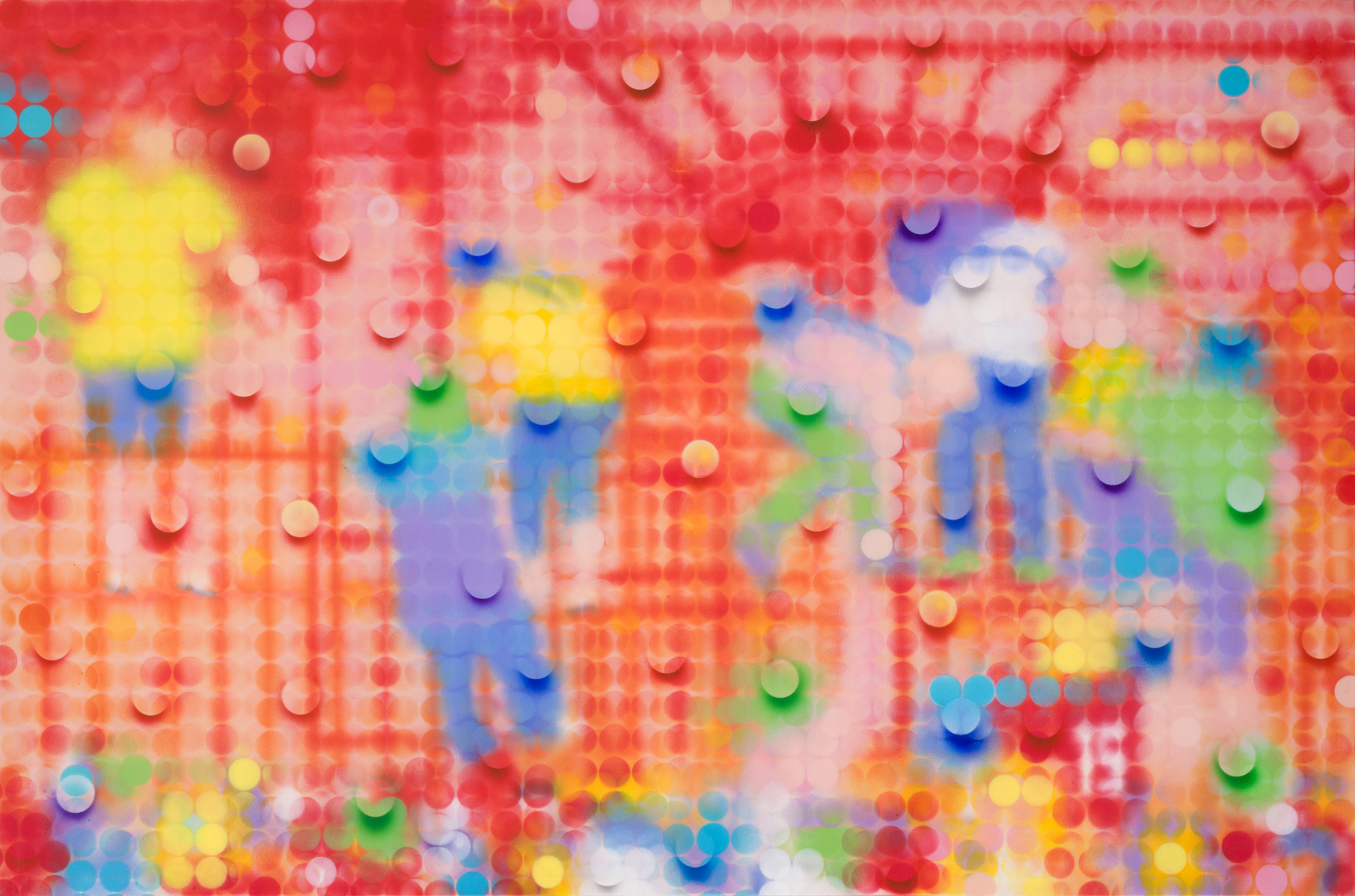
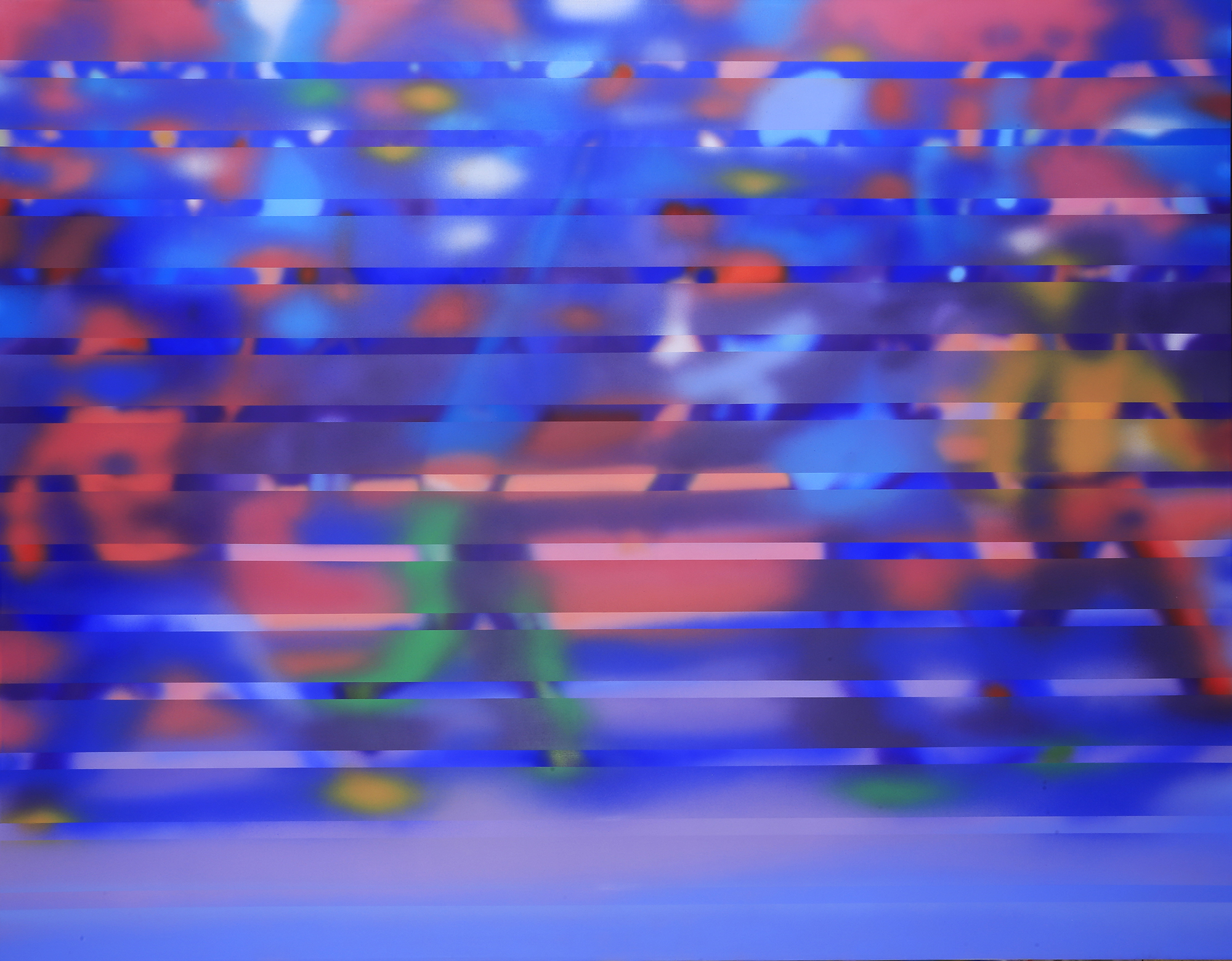
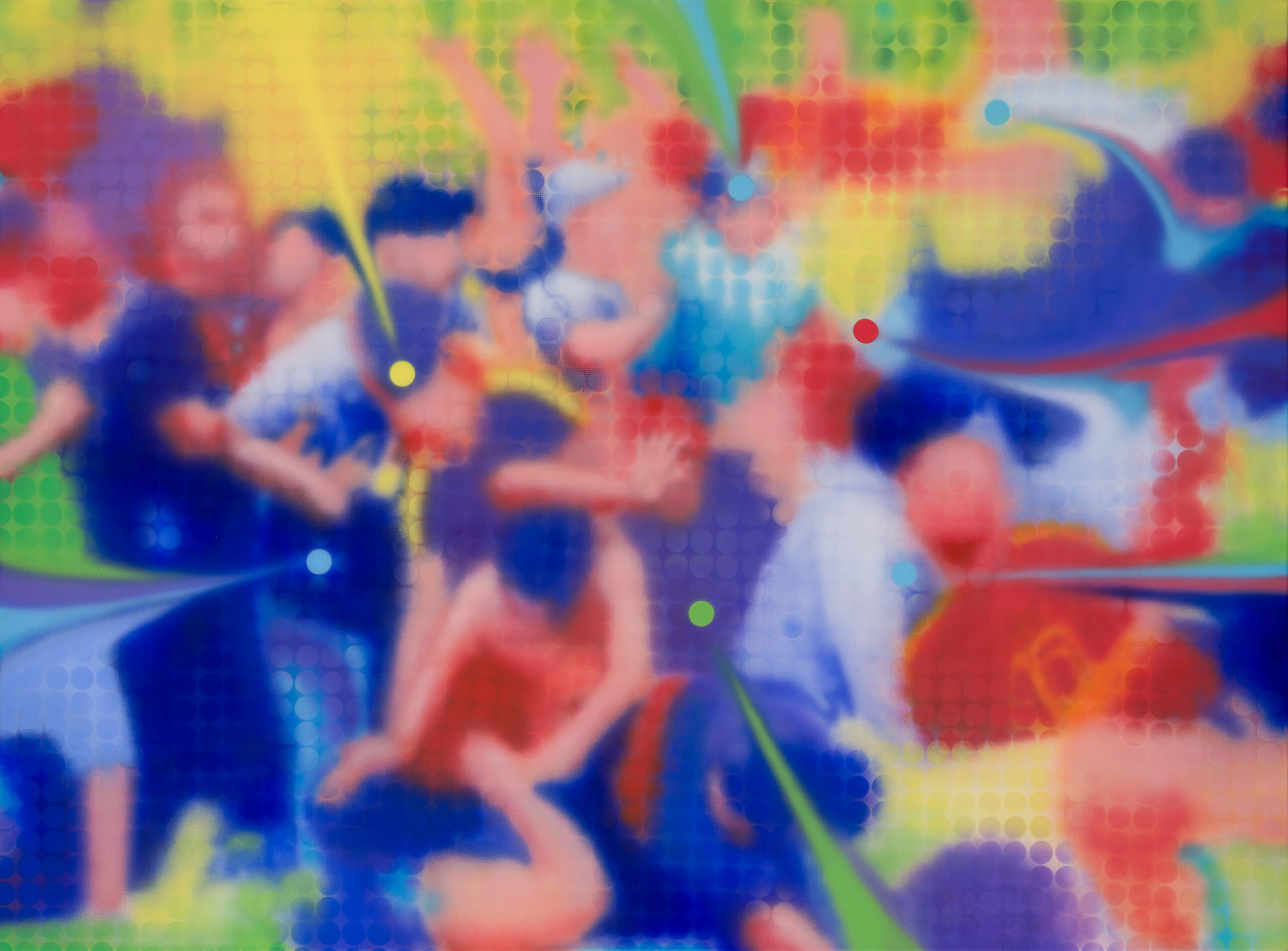
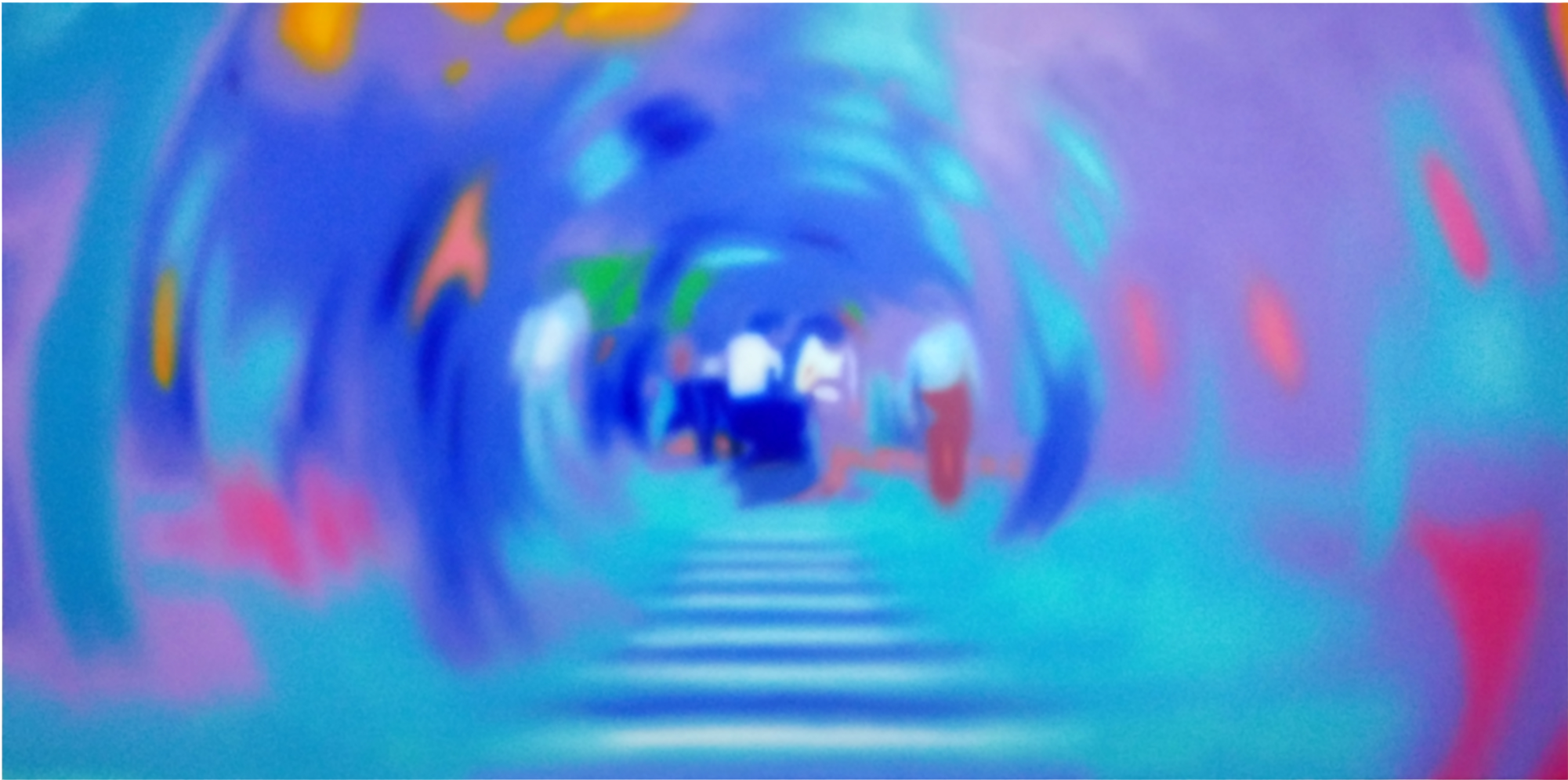
Other artists that inspire him are UK artists, Marc Quinn, Mat Collishaw, Bridget Riley and he also mentions Warhol and Edward Ruscha “They are all very different,” he tells me, it’s the creativity that is important, the surprise and the individuality he explains to me. With his work he wants to impact the viewer in some way, he doesn’t want people to necessarily enjoy his work, it has to have an impact in some way, good or bad. Then we talk about the best and the worst in the art world, and it’s the freedom that comes up again, the freedom to do whatever you want. When you start an artwork, to do whatever you want, and sometimes it’s confusing to have that freedom. Although he doesn’t like to go to gallery openings, “It’s not very natural, the way people move in the art world” he conveys.
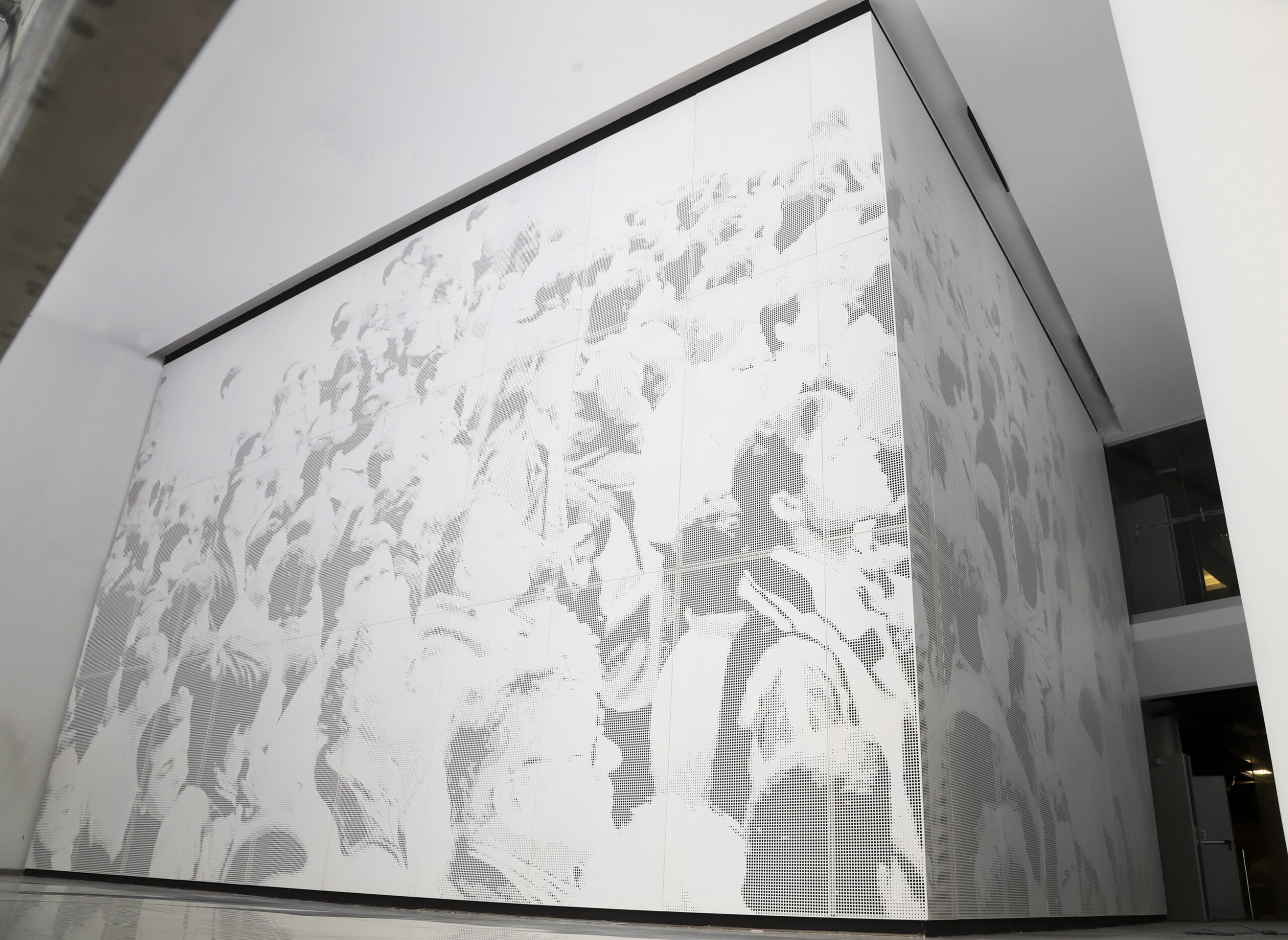



Mariano has been recognised for his work, in Buenos Aires, his awards are impressive, professor at the School of Fine Arts Prilidiano Pueyrredon in Buenos Aires. Workshops with artist and intellectuals such as Luis Felipe Noe. Grants from The AHRC, The Leverhulme Trust. The University of Leicester in the UK. The Fondo Nacional de las Artes Grant in Buenos Aires; The Pollock Krasner Foundation Grant from the USA, Antorchas Foundation Grant Buenos Aires, Secretaria de Cultura de la Nacion, Argentina. He assisted residencies at the University of Leicester in the UK as well as Roslkilde, Denmark, Triangle Art Trust UK, Santa Cruz de la sierra, Bolivia, Atlantic Center for the Arts in Florida, USA and The Banff Centre for the Arts in Canada.

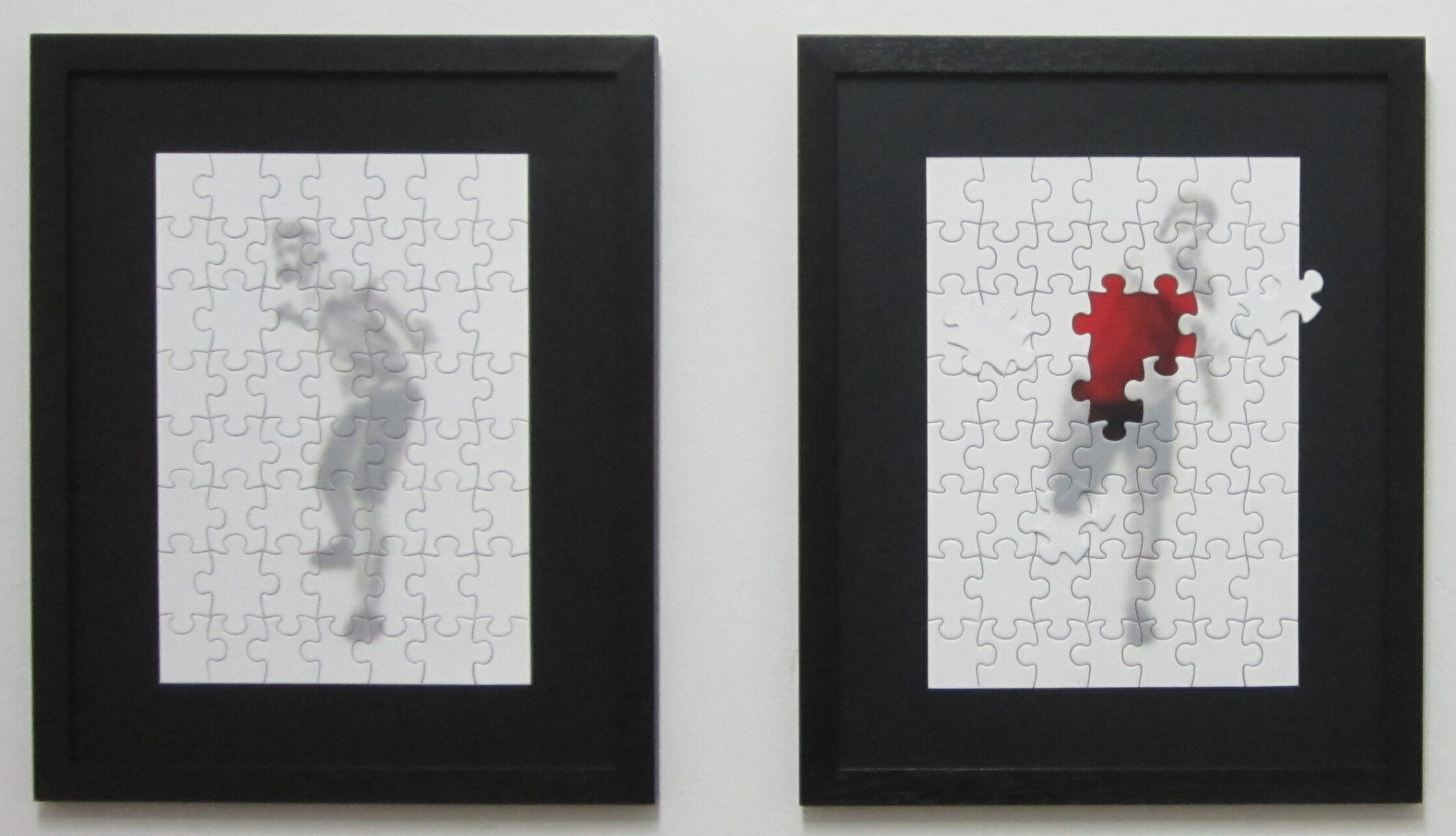
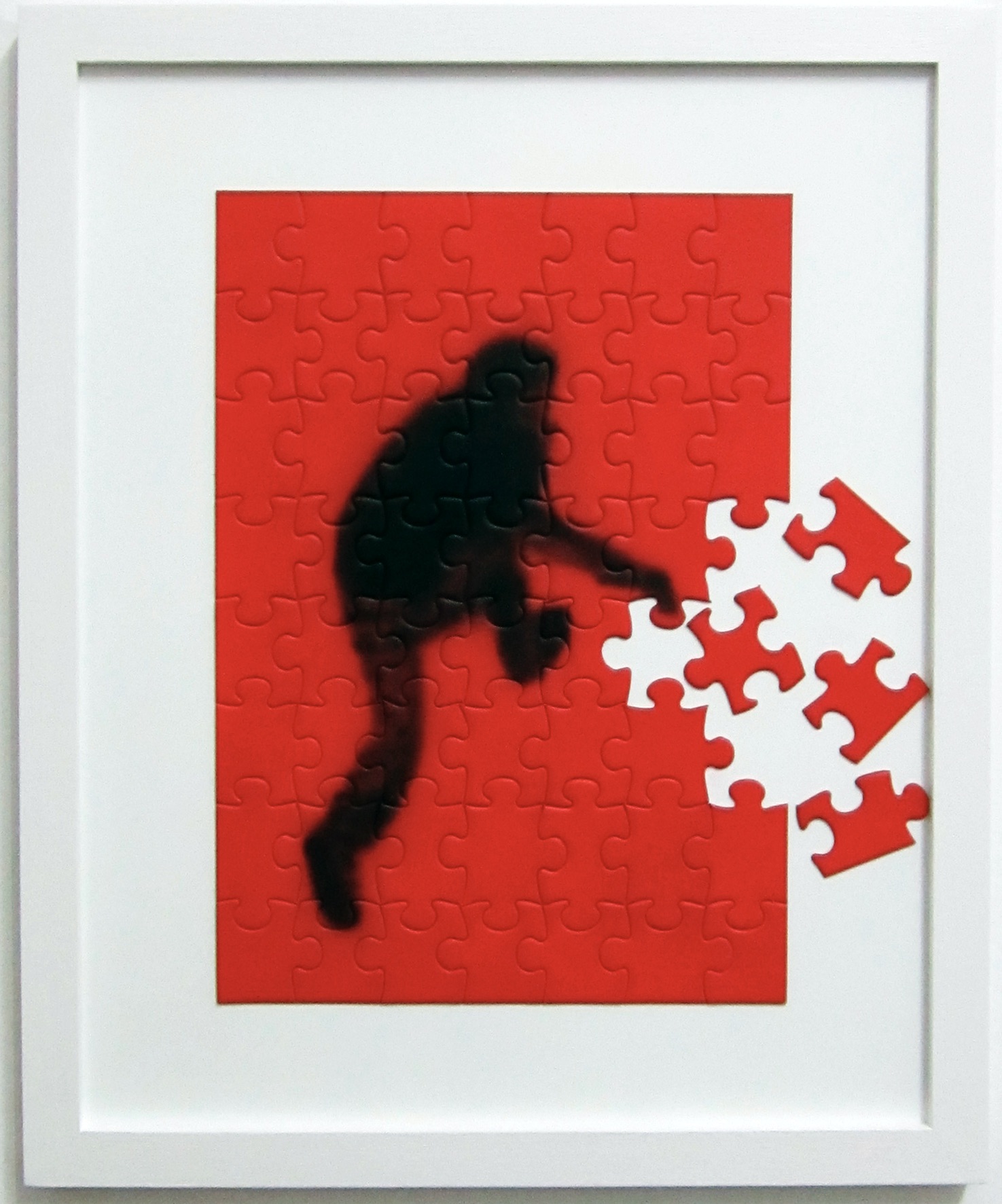
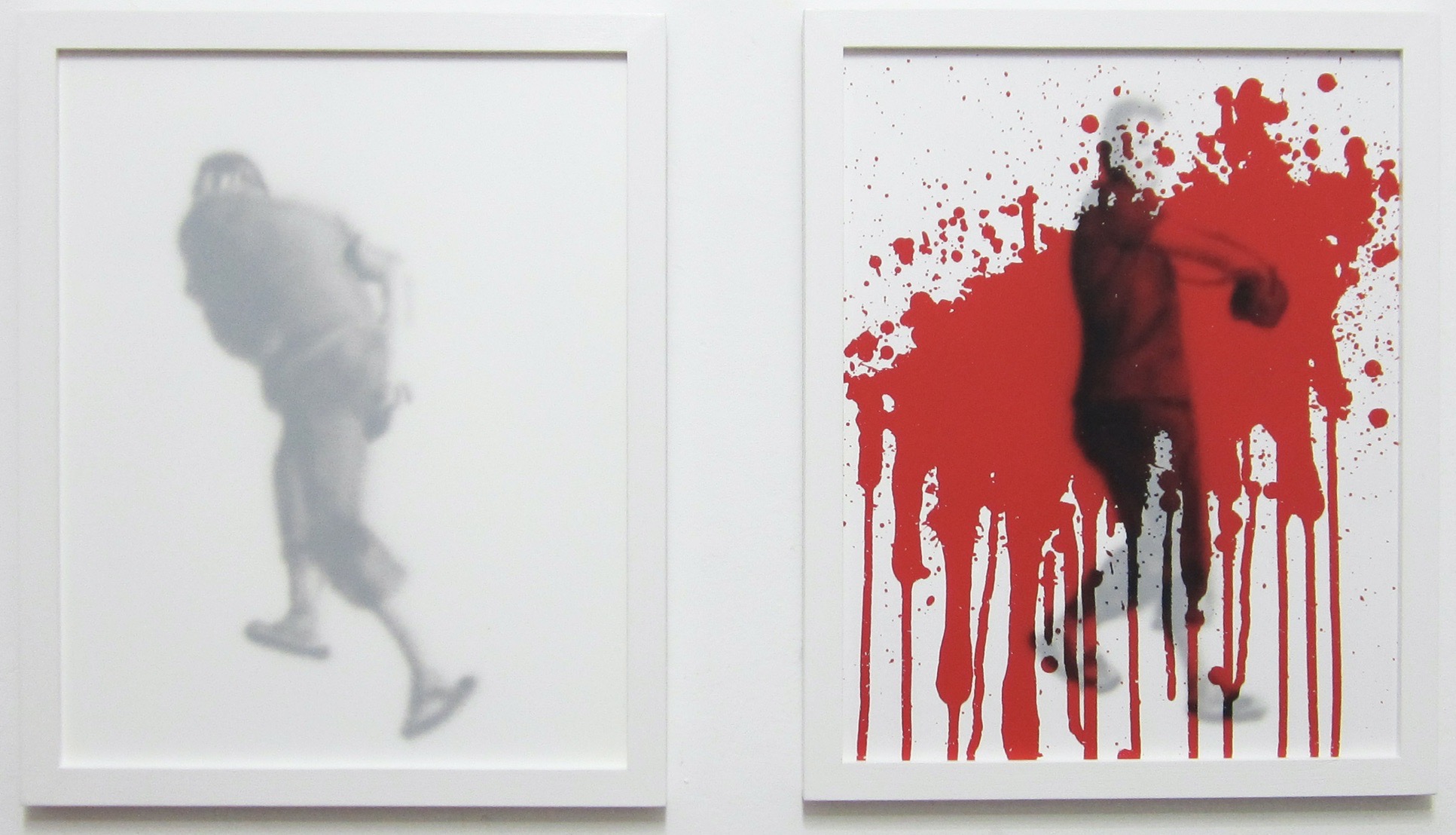
His portfolio of exhibitions, is extensive, his solo exhibitions include, four shows at The Quimera Gallery, Buenos Aires and the OSDE Foundation, Buenos Aires, Praxis International Art, Praxis, Argentina, as well as the International Art in Miami, and the Praxis International Art in New York, USA. He was invited to represent Argentina at the 9th Cuenca Biennial, in Ecuador 2007, 9th Habanna Biennial in Cuba 2006 and the 5th Mercosur Biennial in Brazil 2005. He was also invited to the first Bienalsur in 2017 at the MNAV in Montevideo Uruguay between others.
He lives in Buenos with his wife and his youngest son, his eldest is at university, and both sons are creative like their father.
Interview: Antoinette Haselhorst
